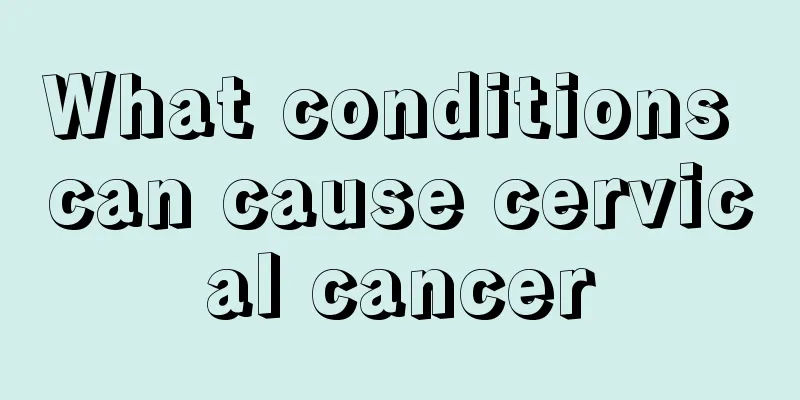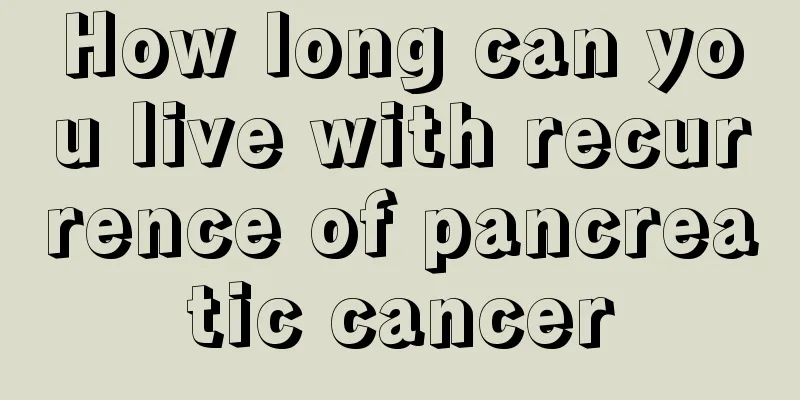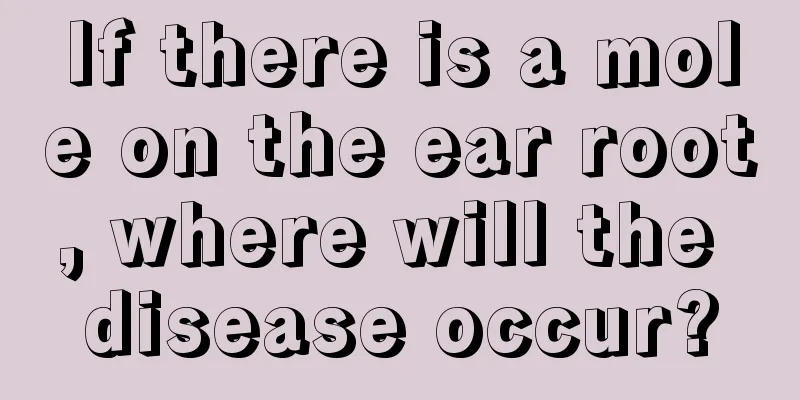Causes of oral mucosal blood blisters

|
According to statistics, one in ten people has had blood blisters on the oral mucosa. This disease is commonly known as "mouth ulcers". Patients of this oral disease are of all ages and genders, but young and middle-aged people are more likely to get it. Blood blisters often grow on the lips, cheeks, and tongue. Some patients are unable to heal on their own and suffer from unbearable pain every day. They may even be unable to eat or open their mouths, which greatly affects their communication with others. 1. Causes When chewing, if you chew too fast or eat too hot food, it is easy to bite or burn the oral mucosa, which can easily cause the formation of blood blisters. People generally call it "getting angry", but the view of Western medicine is that 95% of oral ulcers are caused by viruses and should not be underestimated. 2. Symptoms The size ranges from peanut to egg yolk, and the texture is very soft. The size can range from rice grains to soybeans, and can be round or oval. The ulcer surface is concave and surrounded by congestion. Pain can be caused by irritating foods and it can usually heal itself in one to two weeks. 3. Differential Diagnosis 1. Traumatic mucosal blood blisters: often caused by hastily chewing large pieces of dry, hard food or swallowing too quickly. For example, blood blisters that occur on the buccal mucosa due to careless chewing are generally small, about 0.5 cm in diameter, heal quickly, and rarely become erosions or ulcers. However, if the blood blisters on the unilateral soft palate, the junction of the soft and hard palate, the uvula and the palatoglossal arch are caused by hasty eating, the diameter will be larger, sometimes up to 2-3 cm, there will be a foreign body sensation, the blood blisters are easy to rupture and the pain is obvious. 2. Thrombocytopenic purpuric oral blood blisters: Blood blisters recur, and routine blood tests show thrombocytopenia and decreased coagulation function. 4. Treatment of oral mucosal blood blisters 1. After a blood blister appears, do not bite it or pick it yourself, otherwise it may easily cause heavy bleeding or infection. 2. It is recommended to go to the dental department for treatment. First, disinfect the oral cavity, and then use a sterile syringe to draw out the blood in the blood blister. If the blood blister is small, you can directly prick it to drain the blood. 3. After all the blood is drained, use sterile gauze to apply pressure to stop the bleeding. It usually takes about half an hour to stop the bleeding. Patients with hypertension should take antihypertensive drugs orally in a timely manner. 4. Precautions for oral mucosal blood blisters: Do not eat hot or hard food in the near future after the blood blisters stop bleeding to avoid further bleeding. Maintain oral hygiene to avoid infection. 5. Preventive health care 1. Pay attention to oral hygiene, avoid damaging the oral mucosa, and avoid spicy food and local irritation. 2. Keep a good mood, be optimistic and cheerful, avoid being bothered and anxious. 3. Ensure adequate sleep time and avoid excessive fatigue. 4. Pay attention to regularity of life and balanced nutrition, develop certain bowel habits and prevent constipation. |
<<: Will posterior vitreous detachment heal on its own?
>>: Nystagmus examination method
Recommend
What is the cause of white spots on the body
If you have white spots on your body, you should ...
The efficacy and function of citrine. Taboos for wearing citrine
Wearing crystals has become a trend and fashion n...
What are the benefits of squirrel meat and how to eat it?
Pine trees are a common wild animal that are larg...
Treatment of breast cancer according to different stages
Breast cancer is one of the common diseases in wo...
What's the matter with the white spots on the tonsils
Tonsils are important organs in our body and are ...
Can VE be used in facial cream and what are the effects of VE
VE can mostly be used in facial creams, usually t...
How to treat cervical spondylosis?
The appearance of cervical hump is actually cause...
What is the "secret" to early diagnosis of cervical cancer?
The "secrets" to early diagnosis of cer...
Experts talk about the diagnosis method of esophageal cancer
Patients diagnosed with esophageal cancer need to...
What kind of water is used for cooling with a towel
Fever is a common problem in life. Many people al...
What are the early symptoms of lung cancer? These four symptoms need attention
Many people ignore the early symptoms of lung can...
The efficacy and usage of green tea essential oil
Many girls use essential oils, which can not only...
Acne treatment methods for middle school students
Everyone knows that today's middle school stu...
What does hepatitis B surface antigen mean?
The first thing I want to make clear to everyone ...
Steps to treat flat warts with figs
I believe that people are not unfamiliar with fla...









